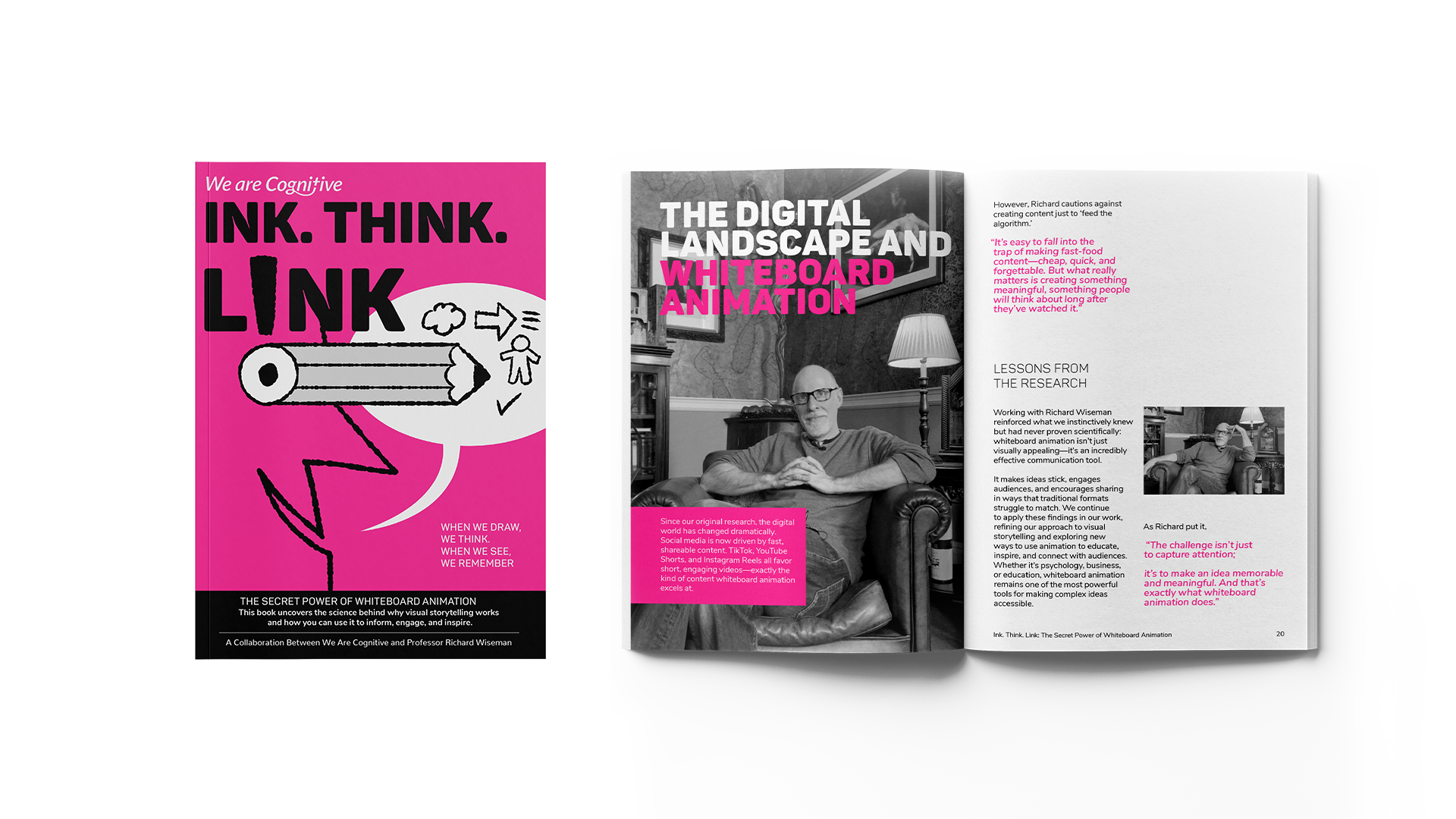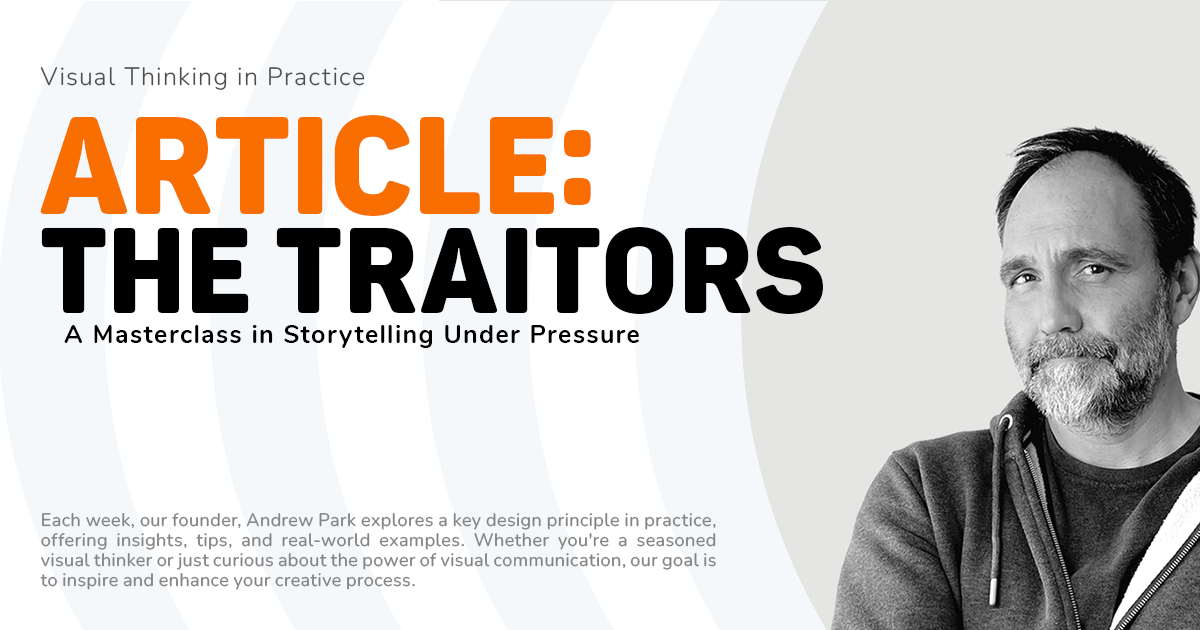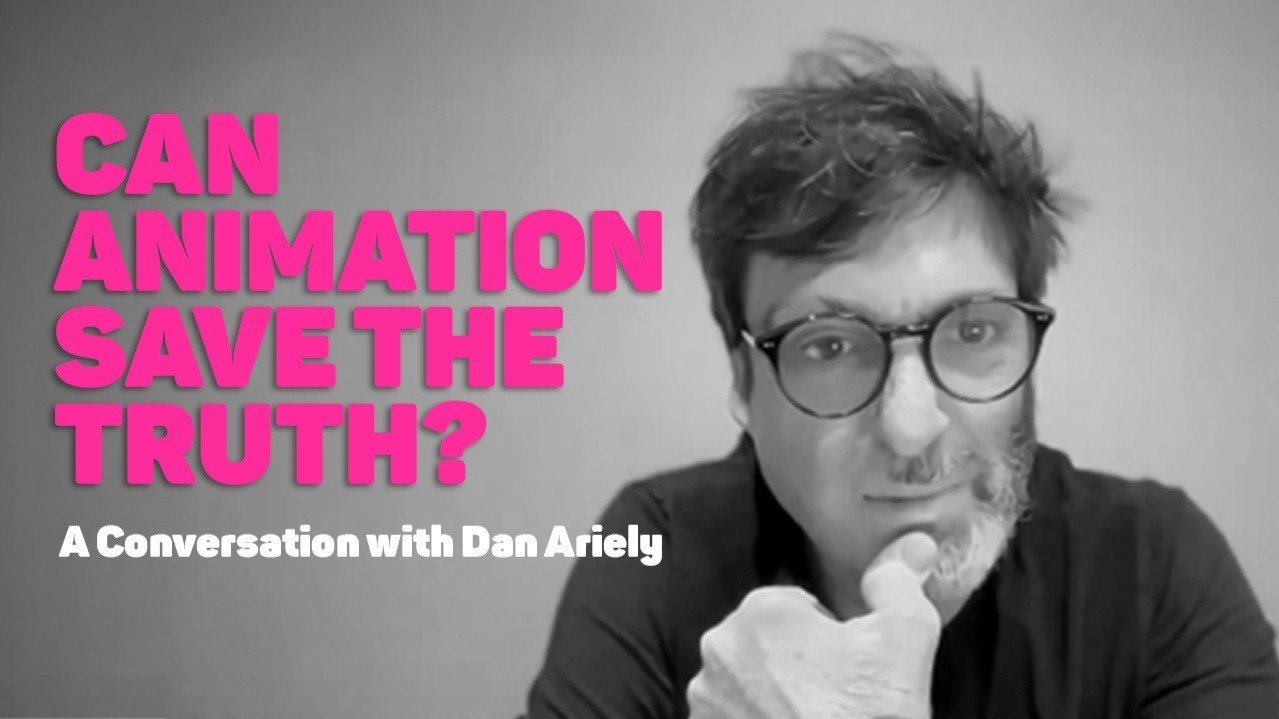From Fog to Focus: How Visual Thinking Unclogs Decision-Making
Picture this. The CEO turns to you in a board meeting and asks, “So how exactly will Gen-AI streamline our supply chain?” You queue up a ten-slide deck packed with strategy frameworks, AI jargon, and workflow diagrams. As you advance through it, you sense it: the glazed expressions. Eyes drift. Focus wavers. Then, your COO walks up to the whiteboard, draws three boxes, connects them with an arrow, and adds a tiny truck sketch. In under a minute—click!—the room gets it.
That 30-second drawing did what ten polished slides couldn’t: it cut through cognitive clutter and sparked consensus.
The Real Bottleneck Isn’t Information—It’s Bandwidth
Executives are not short on intellect, but they are short on cognitive bandwidth. When a decision-maker is flooded with dense text, acronyms, and abstractions, their working memory stalls. This isn’t about intelligence—it’s about load.
Too often, presentations overburden the brain with information to decode, prioritise, and interpret. That’s where visual thinking becomes the executive cheat code.
Visuals ease that load. They give the brain a shortcut—transforming complexity into patterns, systems into stories. In essence, they give busy minds breathing room.
Why Drawing Beats Describing
There’s science behind that whiteboard moment. It’s called dual coding theory, and it’s powerful. When we combine visuals with text, our brains store the message in two formats—verbal and visual. This redundancy supercharges memory and recall.
In Brain Rules, a landmark book by John Medina (2008), he showed how people retained 65% of information three days later when it was paired with a relevant image. With text alone? Just 10%. Visuals don’t just complement a message—they cement it.
But the magic of sketching goes deeper than memory:
Sketching forces clarity. You can’t draw a vague thought. The act of simplifying an idea into shapes or flows exposes where your logic breaks or assumptions lurk.
Drawings build shared mental models. A visual concept becomes a reference point—a “we’re all looking at the same thing” artefact that grounds conversations and guides alignment.
A Real-World Shortcut to Understanding
Take one recent example. A global SaaS client came to us with a complex ask: help them explain their entire lead-to-cash pipeline to new investors. The typical response? A 40-slide deck teeming with KPIs, decision trees, and CRM screenshots.
Instead, we drew a single funnel.
It showed four key stages in their deal lifecycle, annotated with real-world conversion rates. The sketch, animated in a two-minute walkthrough, became the centrepiece of the meeting. The result? A 20% reduction in post-pitch Q&A, and faster movement toward a signed term sheet.
The sketch didn’t just communicate—it aligned. It turned complexity into clarity and scattered data into a single source of truth.
How to Make Visual Thinking Your Default Mode
You don’t need to be an artist. You just need to start drawing. Here’s how to build a simple but powerful visual habit into your workflow:
Adopt a “Sketch-First” mindset. Before launching into PowerPoint, grab a notebook or tablet. Try drawing your story in five frames. What’s the arc? What’s the key reveal?
Design for one insight per visual. If your sketch needs a legend or footnotes, it’s too complicated. Strip it back until the message is instantly obvious.
Make the marker the MVP. In meetings, replace long verbal summaries with quick diagrams. Snap a photo of the whiteboard and add it to your meeting minutes. You’ll be amazed how often that sketch becomes the anchor in follow-up conversations.
What If You Could See Your Strategy?
The next time your team feels stuck on an initiative—whether it’s AI transformation, go-to-market planning, or change management—ask yourself: what would this look like as a sketch?
That simple act might be the fastest path to clarity. Because when everyone can see what you mean, they can act on it faster—and together.
What’s one concept your team still struggles to align on? Drop us a message, and we’ll co-sketch a visual that clears the fog. Or, book a quick 15-minute “visual surgery” call. We’ll help you turn words into pictures and pictures into progress.
Let’s draw out the difference.

































